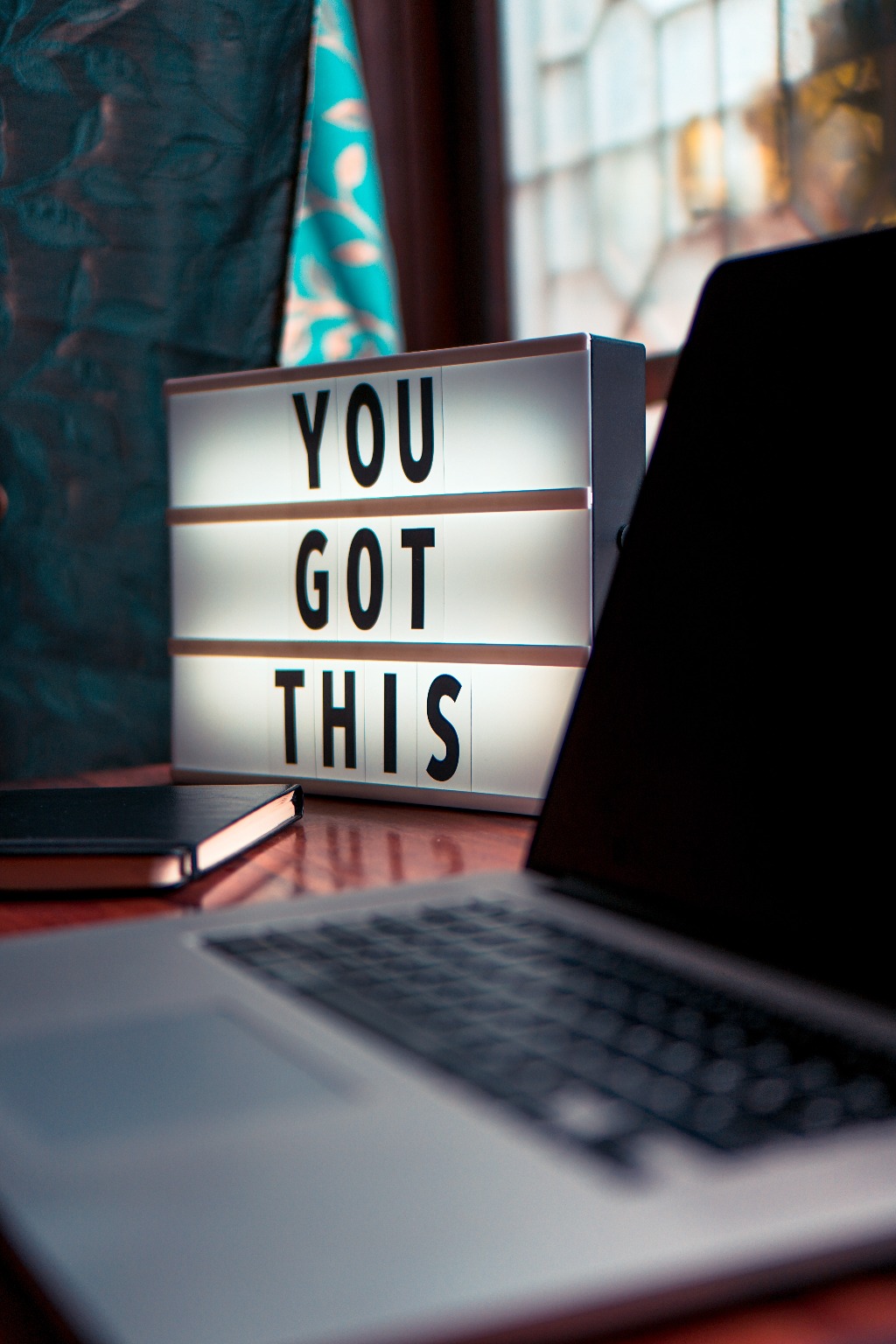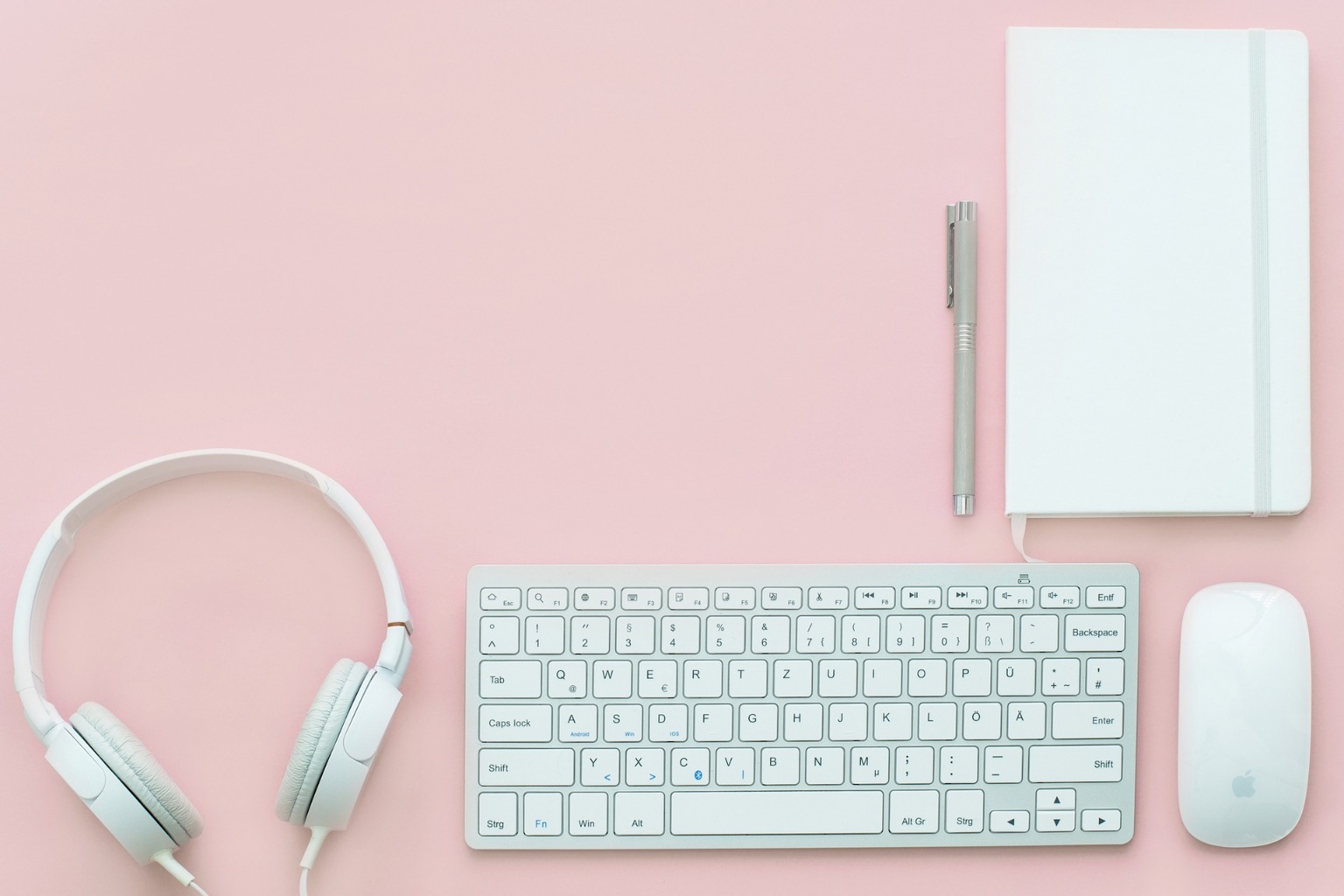
Lots of writers say that it’s essential to the creative process that you have a dedicated writing space. It certainly sounds nice in theory. I have spent my entire writerly career wishing for an office dedicated to writing. Oh, how I longed for a comfy space of my own with ample natural light and no distractions!
Sadly, I have yet to have the office of my dreams. When I first started writing in high school, I crouched over the family’s computer in the living room during late hours when I was less likely to be disturbed. For a while after college, my boyfriend and I shared a single long table in the one room we shared. I often went out to various coffee shops in order to get work done—I wrote two entire book-length contracted projects dominantly in one beloved café of mine.
Now I’ve upgraded to a desk in my bedroom where I do get a lot of natural light from the window. But I still don’t have this dedicated writing space so many writers seem sure I need to have. Over the years I have learned several ways to make my environment a creative one regardless of my surroundings. Here are some tips on how to make your writing environment conducive to creativity no matter where you are.

Choose Your Space Carefully
You are going to have varying levels of control over your space depending on your situation. You might be one of the lucky people who gets a whole room to yourself to write. But if you’re like me, you will just get a dedicated nook in a room that dominantly serves another purpose. If this is the case for you, you should take some care as you choose your writing space.
I chose to put my desk near a window and recommend you do the same. In writing, we hit moments of writer’s block where it’s helpful to look away from the screen, and it’s nice for that view to be of the outside rather than a wall. The light provided by a window is also important. If you can’t put your desk near a window, try to find a well-lit area of your home to set up your writing space. You can use light bulbs with a blue-white “daylight” temperature that will help you to feel more awake and alert.
If you are working in a coffee shop or café, you still have some control over your writing space. You can try to get a seat by a window with an outlet nearby. Sometimes if the café is busy, you’ll be stuck sitting at a crowded communal table with no outlet in sight. In that case, always keep your laptop battery charged and be ready to snag a better seat when it becomes available. No matter where you end up sitting, there are other tips in this post that will help you to make your writing environment conducive to creativity.

Consider Your Comfort
Writing involves sitting for long periods of time, so it is essential that you pay attention to your comfort. I personally have a gaming chair, despite the fact that I don’t play video games. This is because gaming chairs are very comfortable. Mine has a neck cushion and a lower back cushion that help to minimize pain in those areas during long writing sessions.
It is also important to consider the ergonomics of your writing space. It puts a lot of strain on your neck to be constantly looking down at your computer screen. I have a platform where I put my laptop to keep it at eye level, then use a USB keyboard. A stack of big books will work just as well as a platform—having your laptop at eye level is the important thing.
It is a lot more difficult to guarantee any level of comfort when you’re at a coffee shop or café. You can still try to keep an eye out for more comfortable-looking chairs and bring some books and a USB keyboard with you to set things up ergonomically.

Decorate to Inspire
One way to make your writing space feel inspirational is by decorating it. You can hang inspirational quotes and pieces of art that help to stimulate your creativity. You might also want to include photos of friends and family. These photos will remind you of good times and help you through bouts of writerly frustration.
If you didn’t manage to set your writing space up near a window, you can put up pictures of nature so you can mimic being able to look outside. Perhaps there are pictures that relate to what you’re writing that you can hang for inspiration or index cards with notes about the plot or characters. To make a creative environment, it’s helpful that whatever you see when you take your eyes from your computer screen is something inspiring.
You are still able to decorate to inspire if you take your laptop to a coffee shop or café. And that is by decorating your laptop as well. For years I have been decorating my laptop with decals. I’m a huge comic book fan, so one computer had a Batman symbol decal. The laptop I have now is decorated with a decal that looks like Totoro from the Miyazaki film My Neighbor Totoro. When I work in cafes, these decals remind me of writing I love and put me in the right mood to create.

Set the Mood
No matter where you are working, there are several things you can do to set a creative mood. One is as simple as getting something to drink. I drink coffee and tea so often when I write that now simply the act of taking a sip of one of these beverages helps to get me in the mood to write.
Another way to set the mood is music. I’ve noted before that making playlists is an extremely useful way to brainstorm your novel and get to know your characters better. You can make playlists dedicated to certain scenes, characters, locales, and more. Then, when you sit down to work, that music will take you right into the proper frame of mind.
If you have a regular writing space at home and aren’t working in a coffee shop, you can also declutter your space to set the right creative mood. I’ve ignored heaps of notebooks and papers on my desk for weeks on end, but always end up feeling better and more ready to be creative after I tidy things up.

Shut Out Distractions
When you’re writing at home—particularly when you hit a wall—there always seem to be dishes that need doing or a room that needs vacuuming. There’s music and voices coming from other rooms. And then of course there’s your phone, which you swear you only picked up to look something up but then find yourself endlessly scrolling through Twitter and Instagram.
To get into a creative state of mind, it’s important to shut out distractions. Whenever I sit down to write, I keep my phone in a different room. If I’m at a café that’s not really an option, but I try not to take it out of my bag.
A big game-changer for me when it comes to distracting noise was getting wireless noise-canceling headphones. The act of putting them on and putting on one of my playlists is like entering an elevator and going down into the depths of the world of whatever story I’m working on.
We all dream of that pristine, spacious office with plentiful windows and a wall of bookshelves. But while we work to get there, that are still plenty of ways to create a writing environment conducive to creativity. Hopefully you can take these tips and tricks to help you get into a creative state of mind and ready to write your masterpiece.
Follow us on Facebook | Instagram | Twitter | Discord